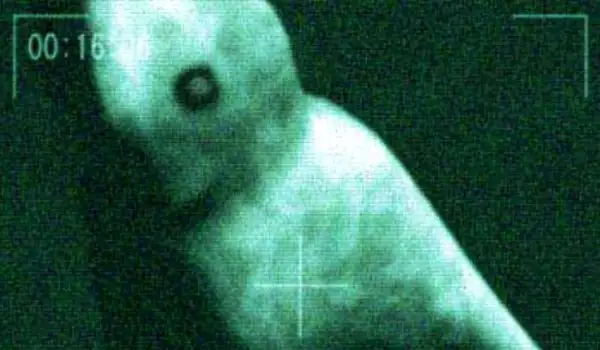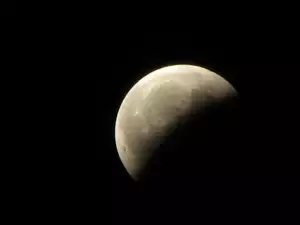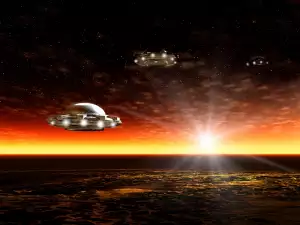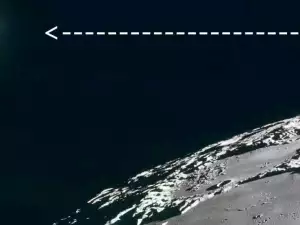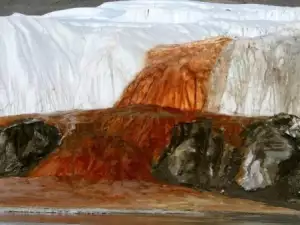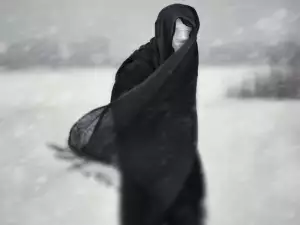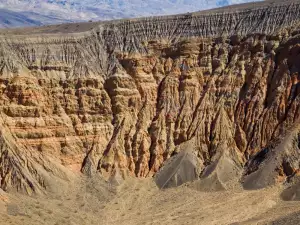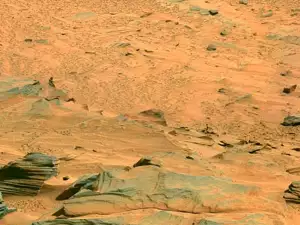Japanese researchers on the continent of Antarctica have released photos of a mysterious being, which is thought to be a humanoid living on the ice continent.
The being in the photo is white, with a height of around 98.5 ft (30 m).
The first rumors of a mythical creature living in Antarctica came from the 90s of the past century.
About 23 years ago, scientists announced that they witnessed a huge white creature, whose facial features appeared similar to human ones.
A large portion of the researchers in Antarctica confess that they have seen humanlike beings, that have fins and flippers, similar to mermaids.
In 2007, Google Maps shocked the world when they released a photo of a mysterious whale-like being, that appeared in the southern regions of Antarctica.
Since then, many theories have tried to explain what exactly these large creatures are, but so far, not even science has come up with concrete evidence.
A few years ago, the famous American archaeologist Joseph Skipper discovered unusual bones and skulls on the ice continent, which are thought to be the remains of humanoids.
Antarctica is a continent which has attracted people's attention for decades.
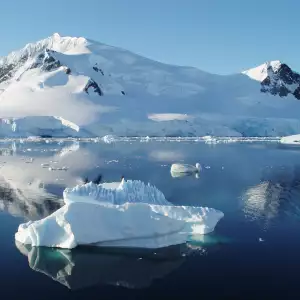
At the end of the 30s of the 20th century, the Nazis had organized several expeditions to the continent. Their reports claimed that one of their submarines had found a secret passage around Antarctica.
The Germans believed that this passage was built by extraterrestrials or was inhabited by ancient civilizations. The hypothesis that Antarctica could be the long lost continent of Atlantis has also been considered.
There is also a version where, after the Nazis lost the Second World War, Hitler was evacuated and hidden on the ice continent, along with his love Eva Braun.
It is speculated that they arrived there in 1945 and lived until their deaths in the 70s of the 20th century.
After years of study, scientists have proven that 34 million years ago, Antarctica was a green continent covered with plants and trees.
The mystery of the event that turned the green continent into the large chunk of ice it is today still puzzles experts.
